I often get my inspiration from motion pictures, and as a collector of film stocks I look for mundane things to shoot while experimenting with various films that I can get a hold of. Movies such as La Strada by Fellini or Japanese productions from Daiei Film Studios and The Invisible Man stand out to me, as do movies such as Dial M for Murder or Rebel Without a Cause.
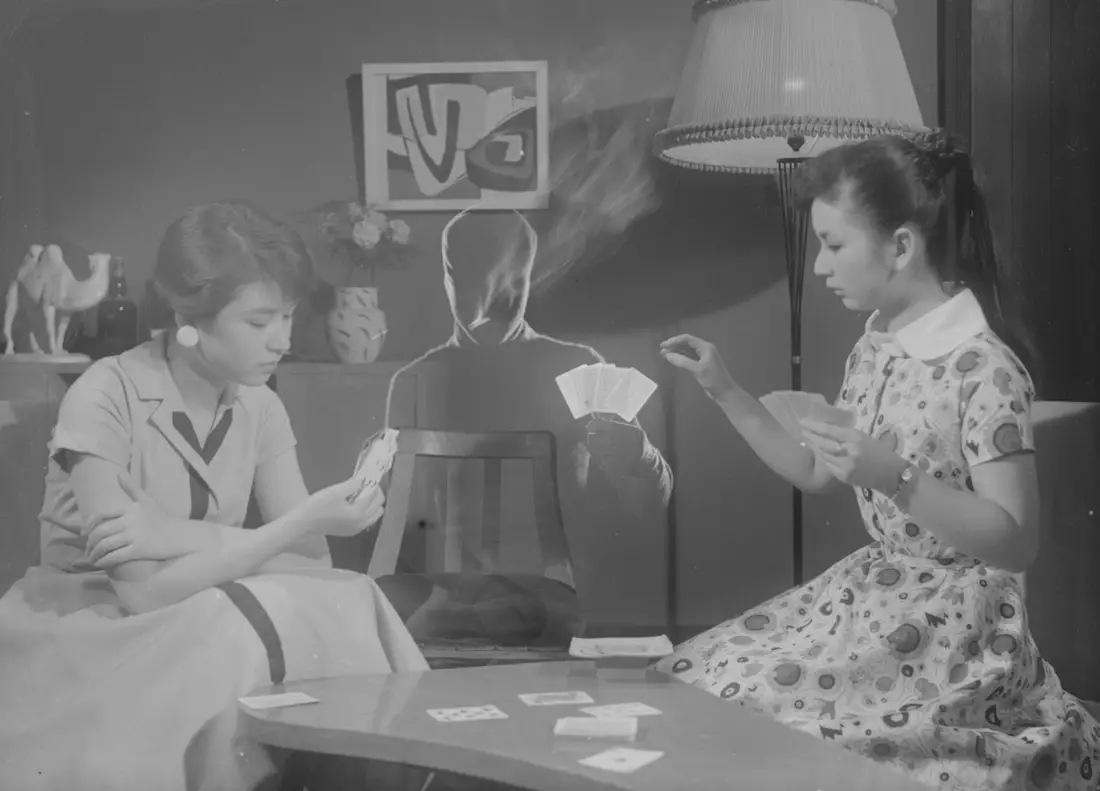
For movies produced in that era, the frames represent a kind of stillness in the environment. They often rely on a few objects and high or muted contrast scenes to form a picture. I’m particularly attracted to the plots and the intense dialogues with a wide range of emotions displayed by the actors that came from this transitional period from theatre to the screen.
While I equally love the 80s and 90s period of movies, I consider films from the earlier era special because it was a time where movies were meant to be seen at the cinema. Many movies were adapted straight from theatre plays, and wouldn’t have been available to be watched at home in the era before VHS, DVD, and streaming etc.
Taking this in a cultural context, these films transport me to a time where acting was a fine profession, to when making movies was a different skill, and the filmmakers really knew how to manipulate their lights and smartly use the resources they had to hand.
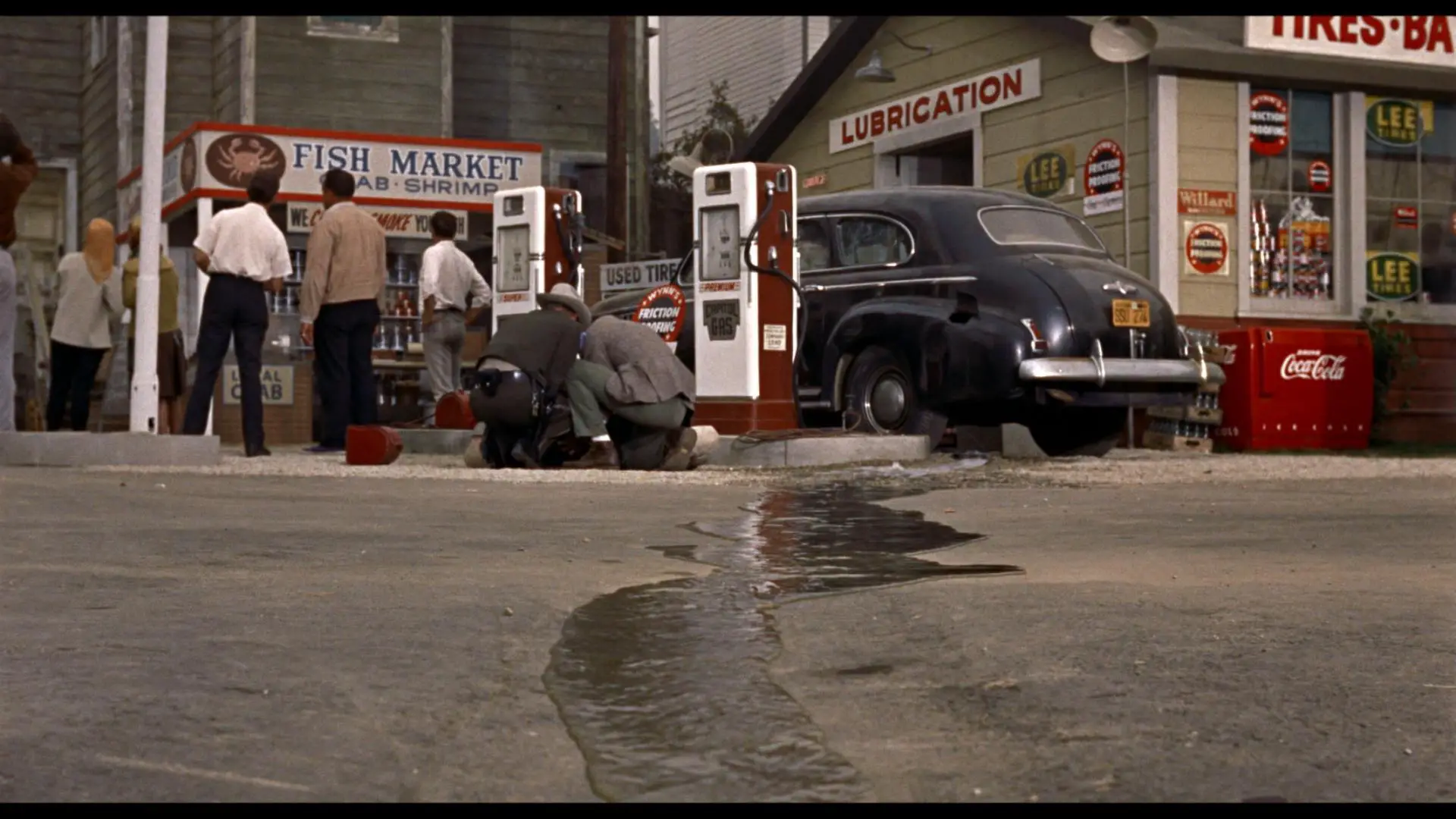
Furthermore, motion pictures provide me with a background of what one can do in terms of composition, lighting and finding subjects in ordinary things, as well as understanding film limitations and how to get the best out of a scene. I have also been experimenting with different lenses and film stocks to see how they impact on my images. I have found, for example that using lenses contemporary to the era that I want to emulate helps, but isn’t always essential depending on the film stock I also select.
My first thoughts of some my own frames taken with older lenses were that they looked odd. I went back and forth, comparing images I had taken with an old Nikkor lens to some images I had taken with other lenses. I then I re-watched La Strada in the meantime and realised the oddness is in part that the older lenses made my frames look like a 1950s pictures in an old print magazine.
I have my film developed and scanned professionally, so from one film stock to the next I can to some degree compare the results I get and hone my skill at creating scenes that look like they could be stills from a 1950s movie.
Below are some of the photos I have taken whilst experimenting:
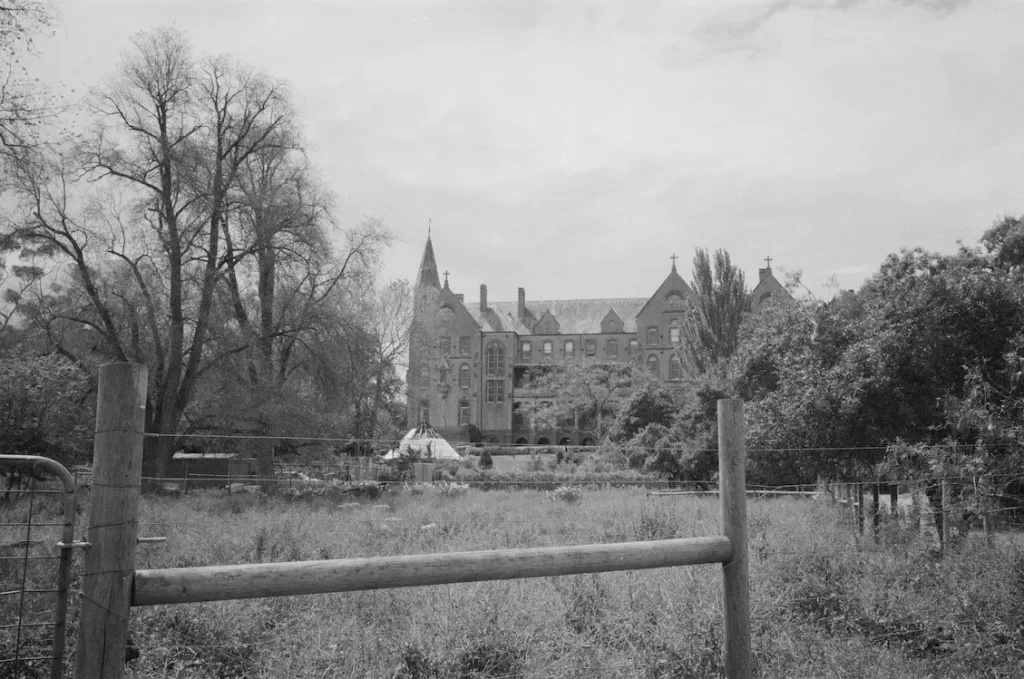
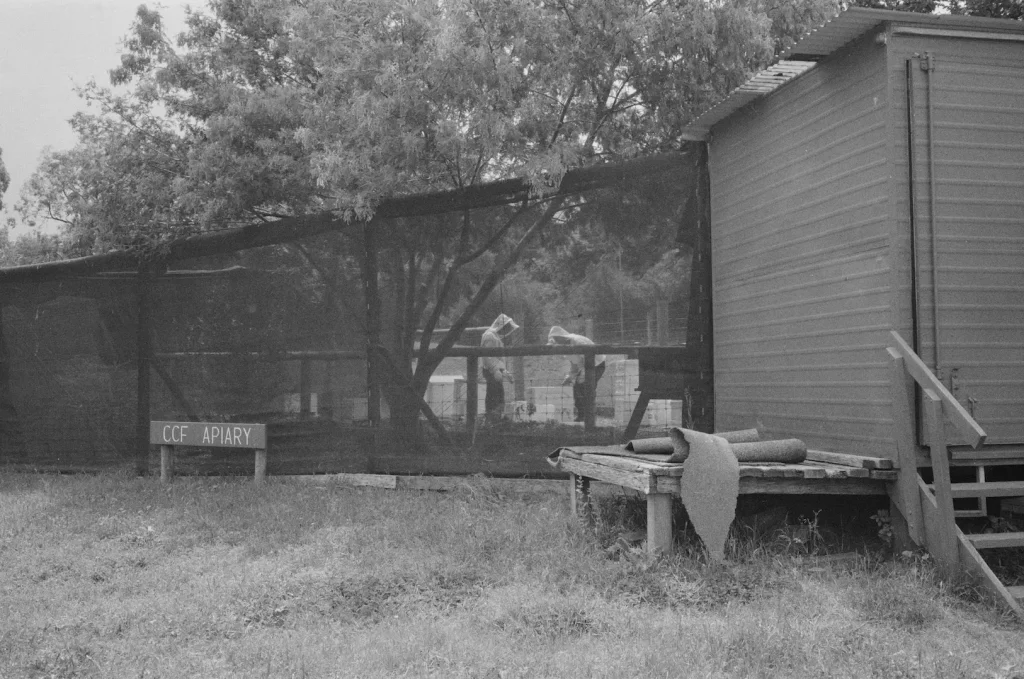
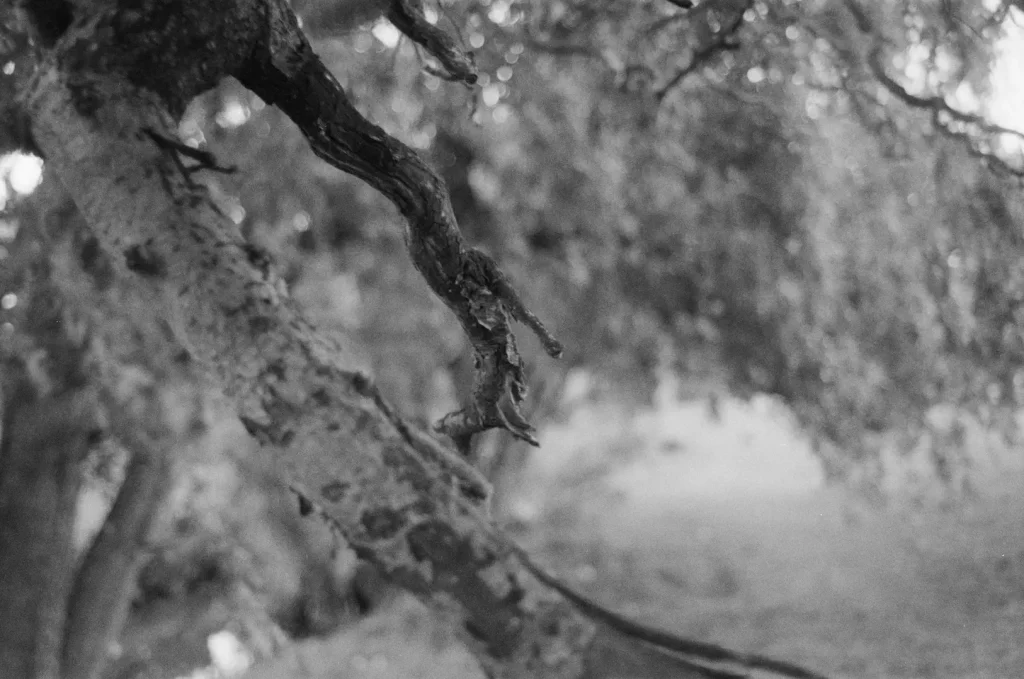
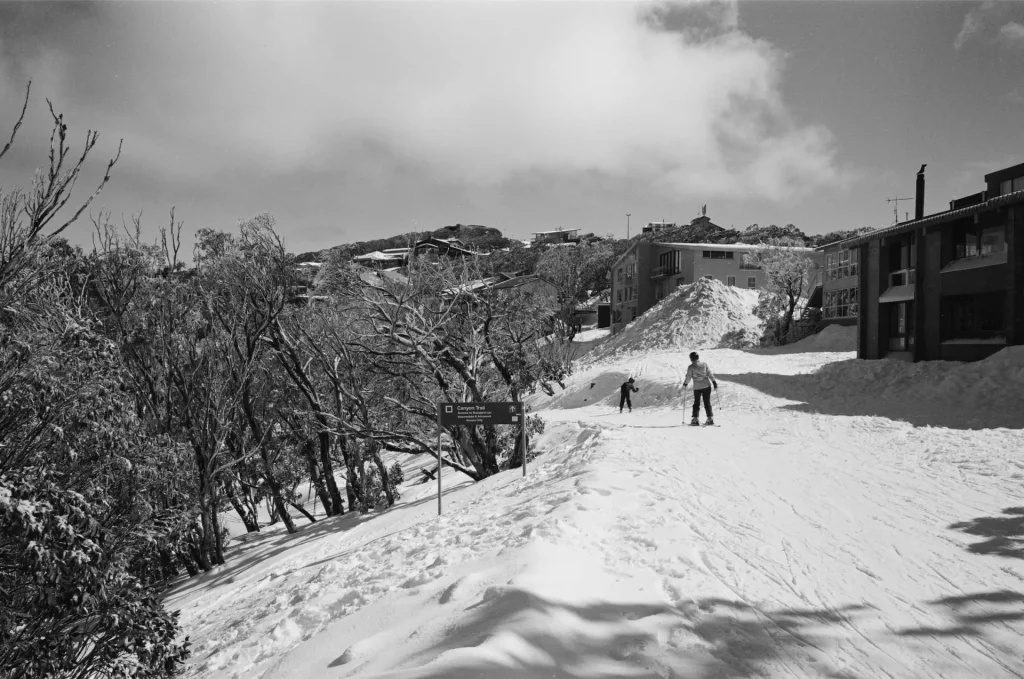
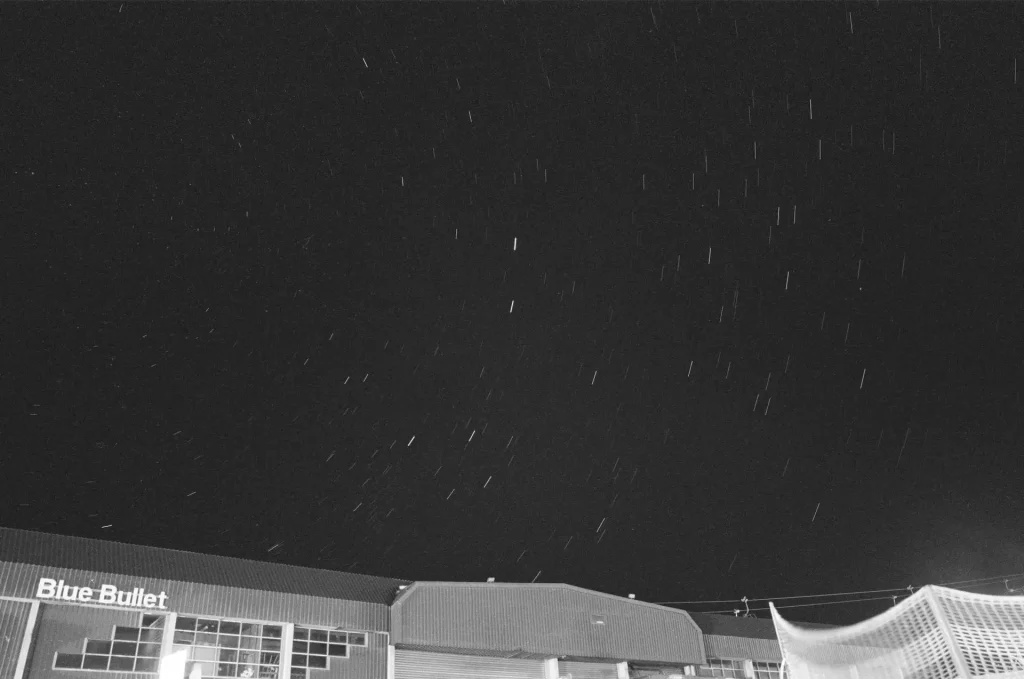
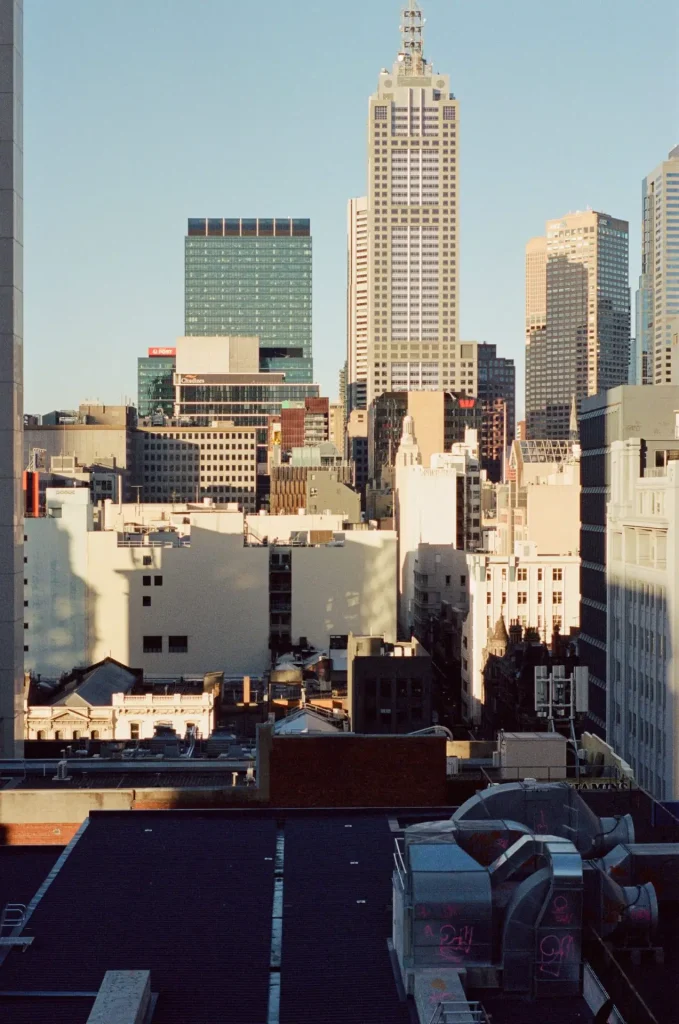
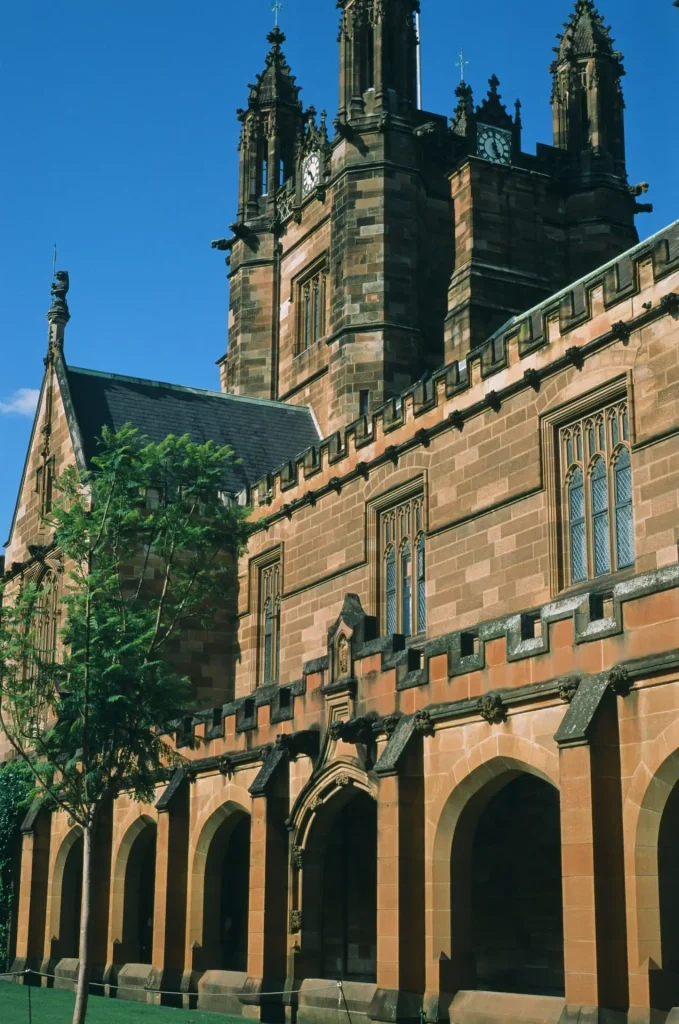
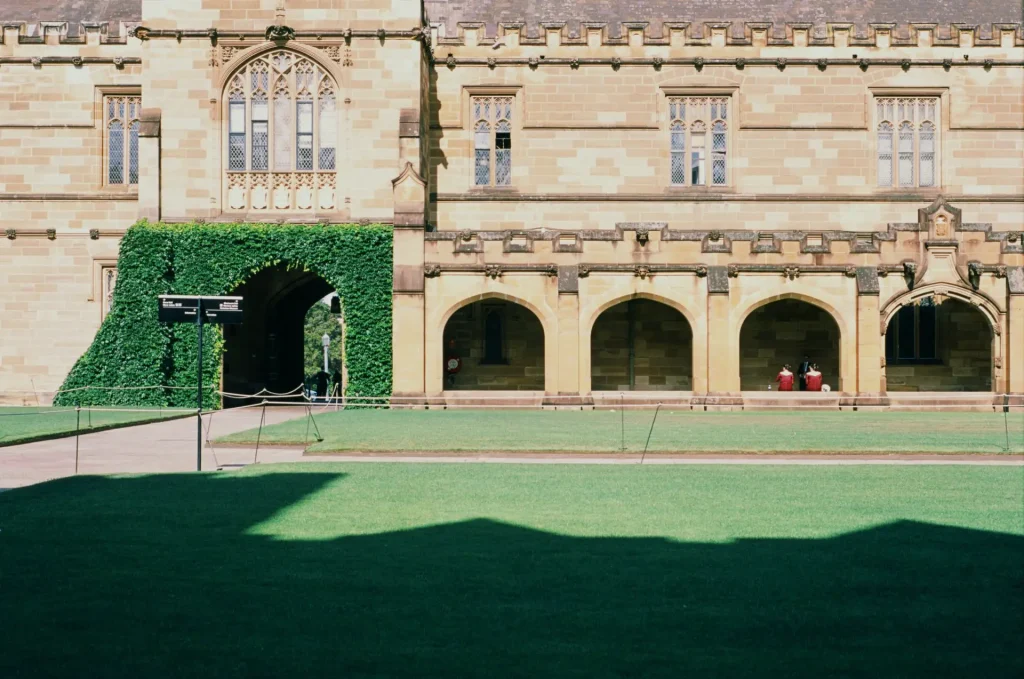
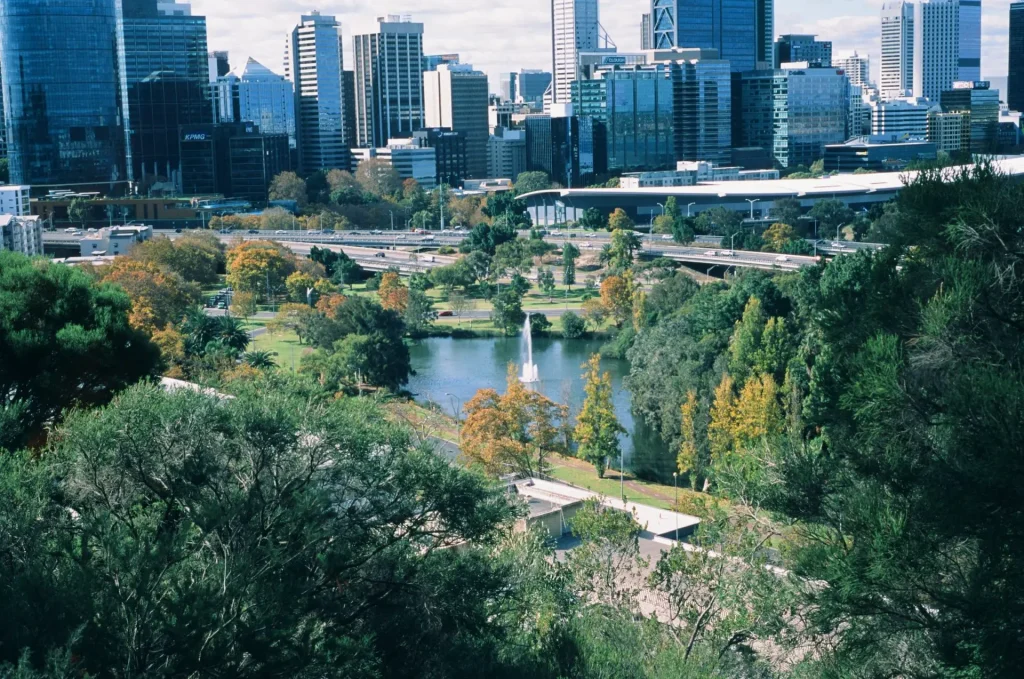

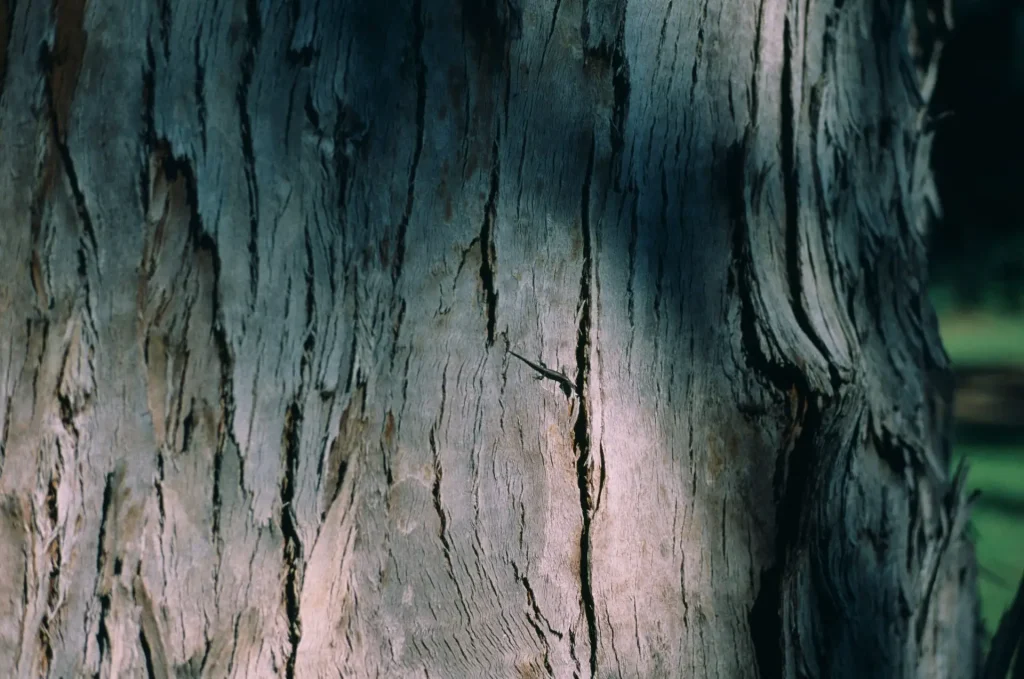
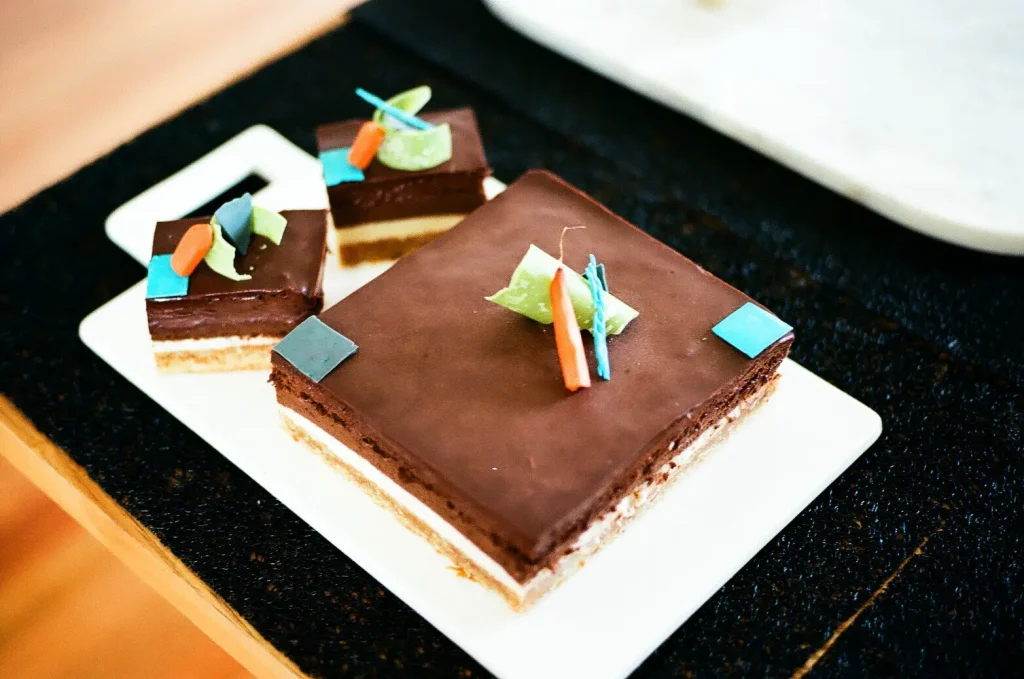
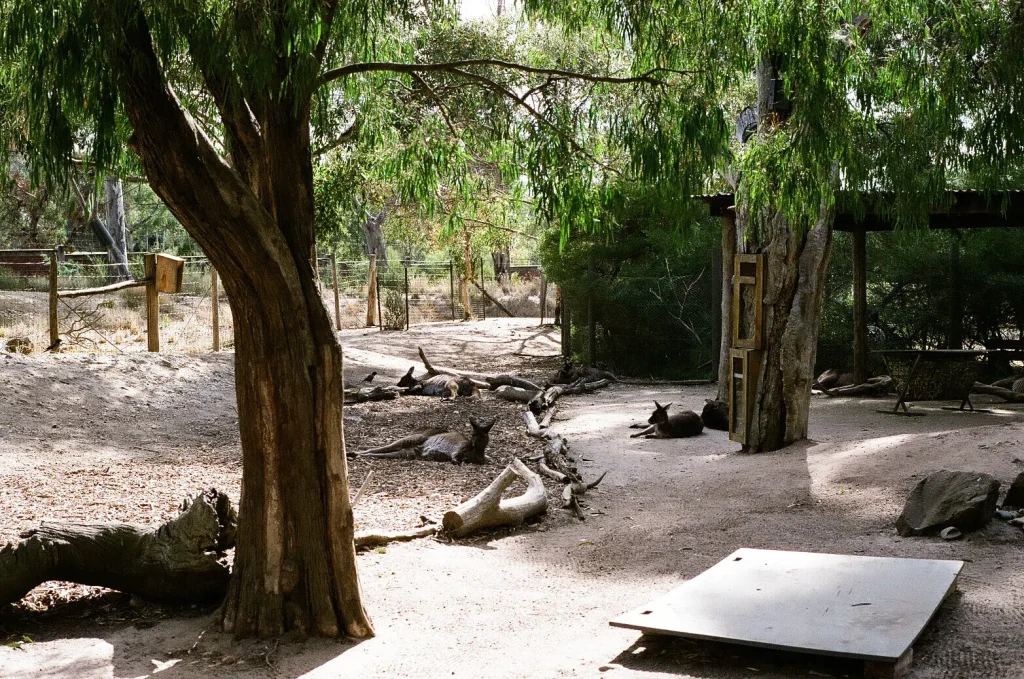
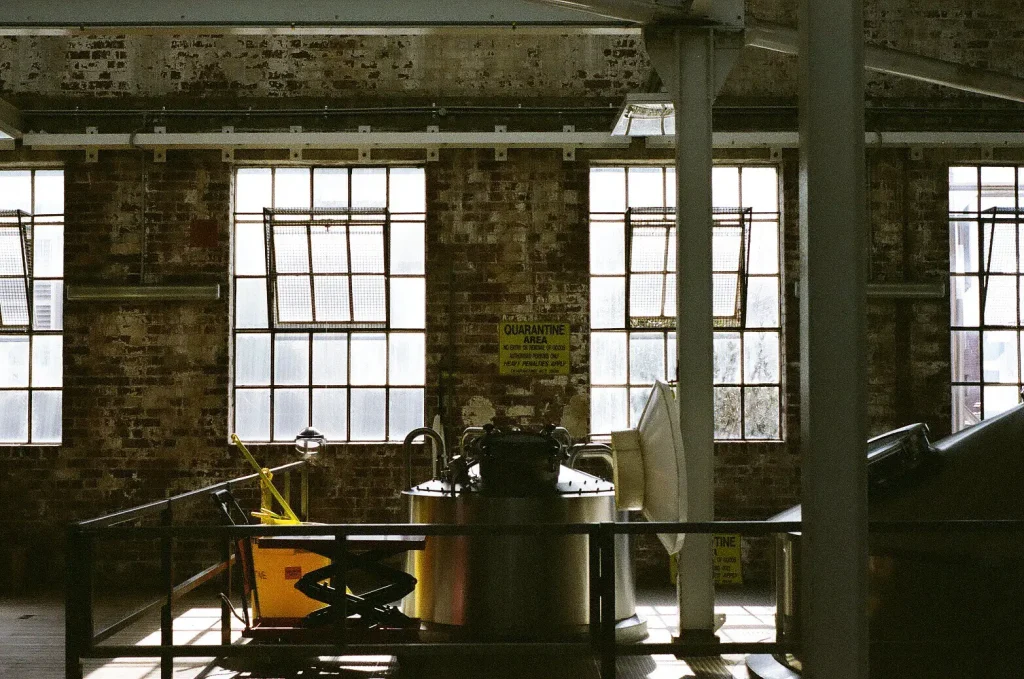
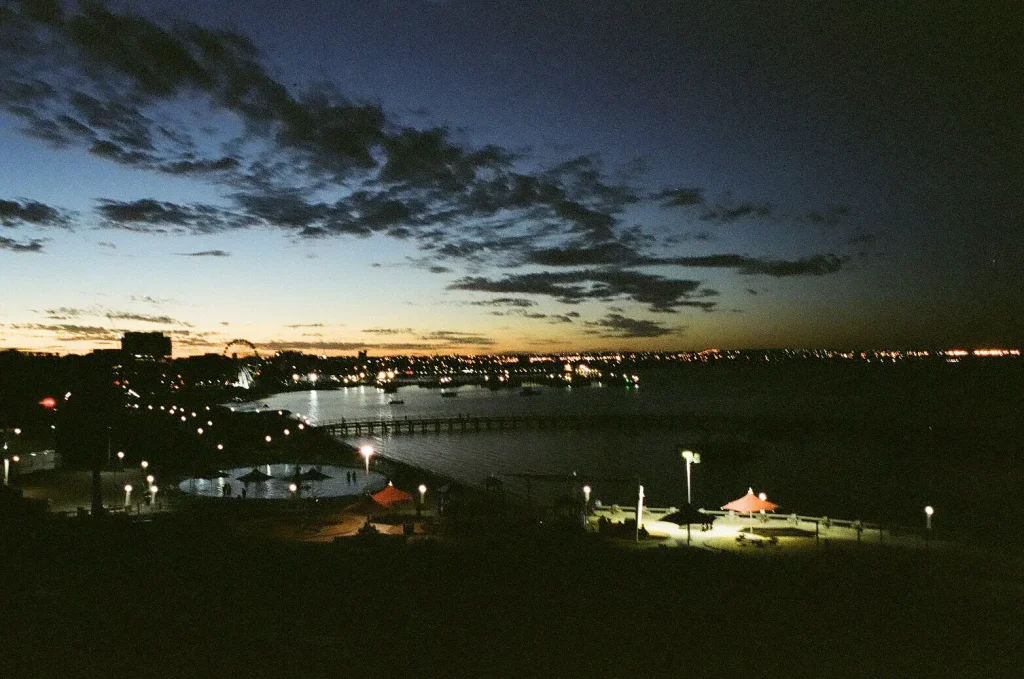
As you can see, a lot of these were taken with 28mm f/2.8 and 50mm f/2.0 Hexanon lenses. These were shot with my second-to-last camera purchase, a Hexar RF and the m-mount. Hamish does a great camera review, but this is a camera that feel has helped me improve my art.
The Hexar itself is a joy to use, and my focusing on rangefinders is more efficient than SLRs. I have read that many people wouldn’t share the same opinion on focusing, but from my experience I’d definitely recommend you to try a rangefinder for yourself. I have found these cameras provide something of a separation from the image that an SLR can’t. The result of this for me is, that I have been able to see my photos differently than I originally thought when I first made them.
The Hexanon lenses have a great impact on the photos that I produce that is well beyond “sharpness” which most people talk when assessing lenses. I’ve learned through those frames that lenses can be well utilised to create specific frames that I’m aiming for in a way that is much more enjoyable to me than using photoshop to retouch a specific aesthetics into my pictures.
On the other hand, I have also learned to look for light and shade, mood, and mundane things in simple scenes of low or high contrast in the same way as I see frames within motion pictures. This has helped me to compose my pictures, make interesting subjects and improve my art. Exposure compensation, as well as trial and error and understanding film are skills it seems to take some time to learn. But spending this time does make one a better photographer.
I would certainly recommend motion pictures as a source of inspiration in your learning journey. I have found they have helped me in search for making something interesting out of ordinary subjects when making my photos.
Thank you all for reading this,
Ian Do Carmo
Share this post:
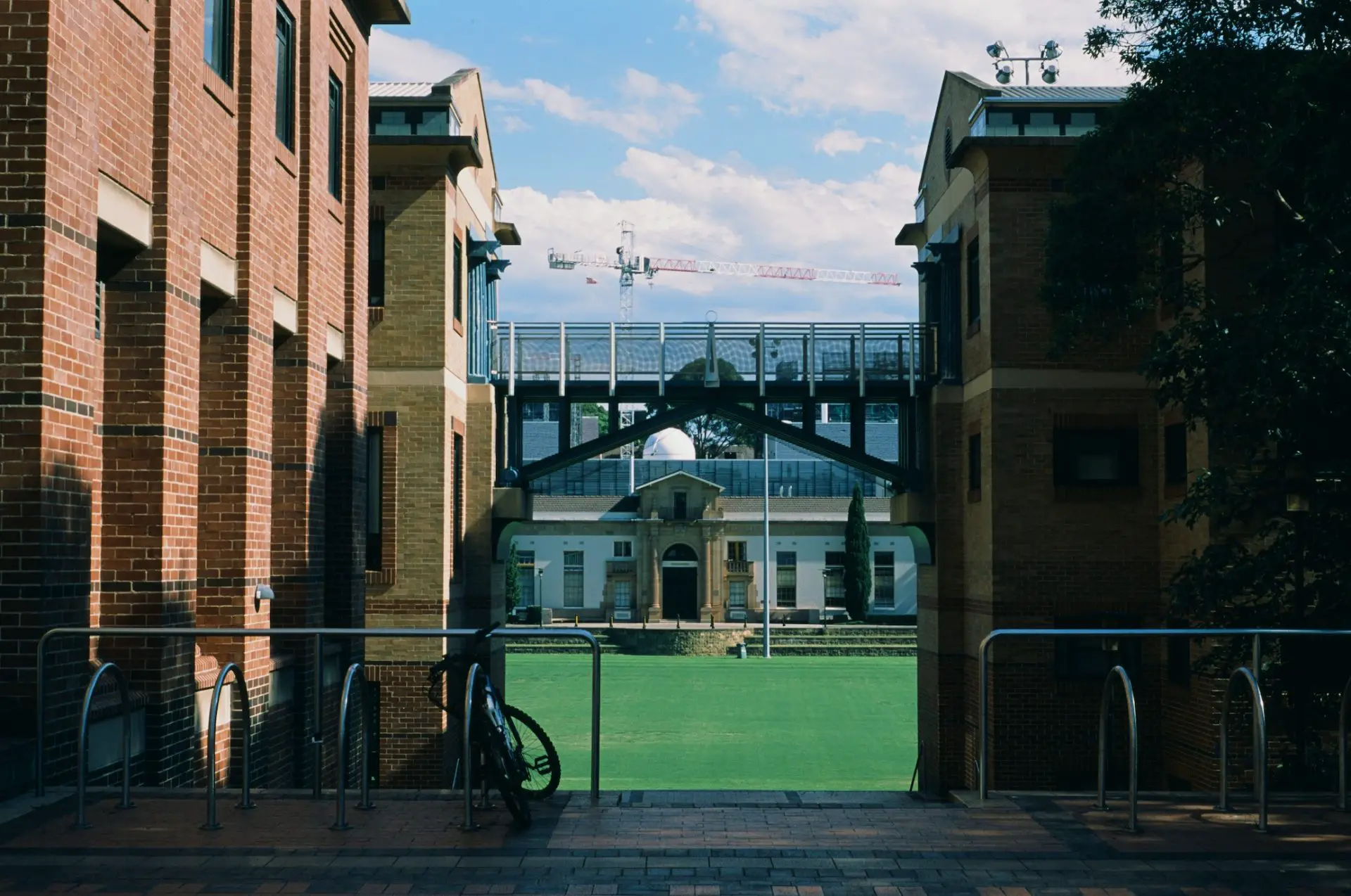








Comments
William Parker on Searching for 1950s Motion Picture Aesthetics in my Own Photos – By Ian Do Carmo
Comment posted: 07/11/2021
Fred Nelson on Searching for 1950s Motion Picture Aesthetics in my Own Photos – By Ian Do Carmo
Comment posted: 07/11/2021
Robert Guanci on Searching for 1950s Motion Picture Aesthetics in my Own Photos – By Ian Do Carmo
Comment posted: 07/11/2021
JayDann Walker on Searching for 1950s Motion Picture Aesthetics in my Own Photos – By Ian Do Carmo
Comment posted: 07/11/2021
Lest anyone comes back with well-meant suggestions to shoot everything in Vivid or post process as HDR (those two scourges of the digital photo era), my way to go is somewhat more complex I work to precise outdoor lighting (I have yet to evolve an image 'style' for indoors photography that quite achieves the old effect of the old high-contrast slide films and the blindingly-harsh-light electronic flashes from 50-60-70 years ago) and examine all my would-be scenes very carefully for exact color combinations. From Ian's superb images I would say he has achieved this to an extent, in a way that I truly admire. Of your B&Ws, a small critique, if I may - they are somewhat too flat and grey, unlike 1950s prints which had much deeper blacks and more pristine whites with less mid-tone losses, which I admit may be more a result of our modern computer post-processing than the traditional darkroom ways of printing.
Overall, may I say, at the risk of repeating myself, that your writing and the images you posted are truly excellent - I enjoyed your article and i will be following your work with interest.
With best wishes from a fellow Melbournian (well, a little out of town, retired to regional southwest Victoria now, bu well within easy commuting on any of 20 trains a day) and for success in the future,
JayDann Walker in Melbourne
Comment posted: 07/11/2021
Khürt L Williams on Searching for 1950s Motion Picture Aesthetics in my Own Photos – By Ian Do Carmo
Comment posted: 07/11/2021